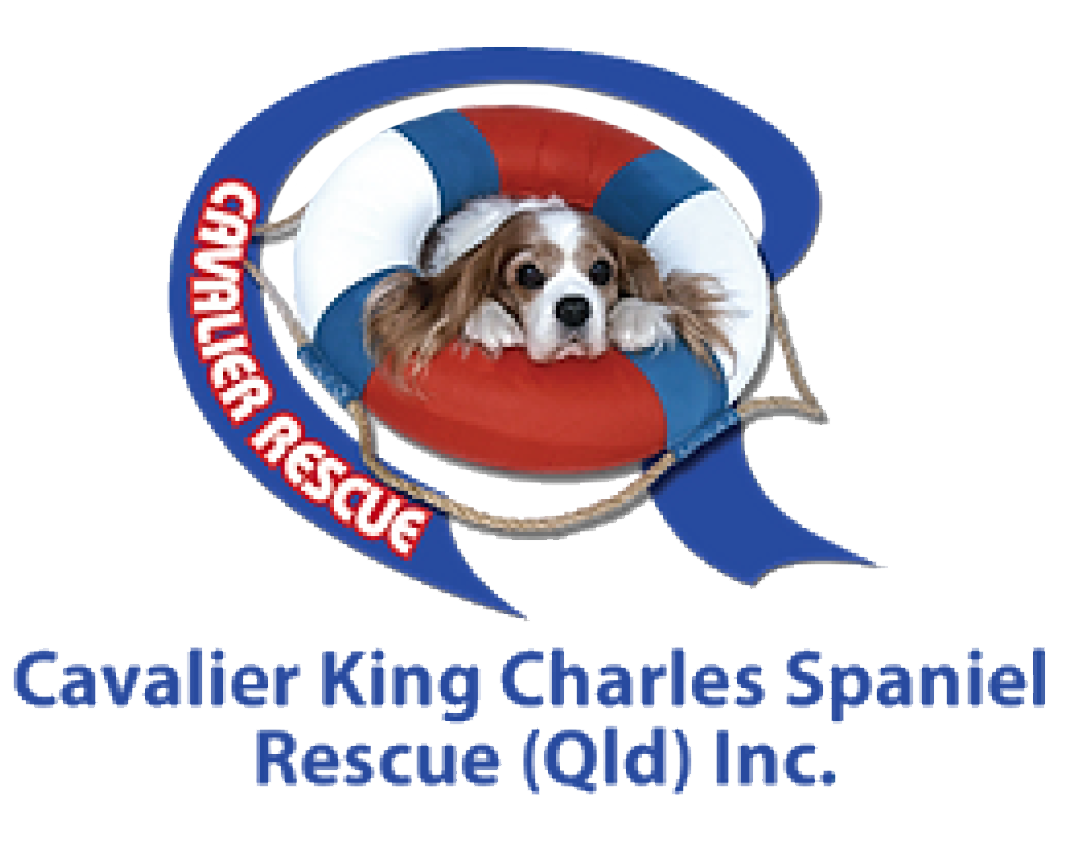Cavaliers & Dental Disease: Why a Healthy Mouth Means a Longer Life
Written by: Veterinarians Dr Sienna Browne and Dr Will Magninness
Behind those big brown eyes and sweet expressions, Cavalier King Charles Spaniels are quietly at risk of one of the most common yet overlooked health problems in dogs: dental disease. While most owners think of it as a nuisance that causes bad breath, the truth is far more serious.
Why Dental Health Matters So Much in Cavaliers
Up to 80% of dogs over the age of three show some form of dental disease. For Cavaliers, their smaller mouths, crowded teeth, and genetic predispositions make them particularly vulnerable. What begins as tartar build-up or red gums can quickly progress to painful periodontal disease.
But here’s the real concern: dental disease doesn’t stay in the mouth. Chronic gum inflammation allows bacteria to leak into the bloodstream, fuelling inflammation throughout the body. Over time, this can affect the heart, kidneys, liver, and even the brain. Considering Cavaliers are already at high risk of heart disease, ignoring dental health is especially dangerous for this breed.
In short: keeping your Cavalier’s teeth and gums healthy is one of the most powerful ways you can extend their lifespan.
How to Support Your Cavalier’s Dental Health
You don’t need to rely on dental sticks or repeated vet cleanings under anaesthetic to make a difference. Small, consistent actions add up to big results.
✅ Brush if you can. Even 2–3 times per week makes a major impact.
✅ Feed fresh food. Ultra-processed kibble clings to teeth like cereal and fuels plaque. Moist, whole foods are much gentler on the mouth.
✅ Add raw meaty bones. Safe, uncooked bones like turkey necks or lamb ribs naturally scrape away plaque and massage the gums.
✅ Avoid sugary or starchy chews. Many “dental treats” are high in carbs, which only feed the bacteria you’re trying to reduce. Swap them for freeze-dried meats or crunchy vegetables.
✅ Watch for red flags. Bad breath, yellow tartar, red gums, drooling, or reluctance to eat are all signs of trouble.
✅ Don’t skip the annual check. Your vet can detect early disease before it becomes painful or expensive to treat.
How to Introduce Bones Safely
If you’re adding bones to your Cavalier’s routine, a few precautions make all the difference:
Choose softer, non–weight-bearing bones such as turkey necks, kangaroo tails, rabbit carcasses, or lamb ribs/neck bones.
Never feed cooked bones, as they can splinter.
Supervise every chew, especially at the start.
Keep sessions short, 5–10 minutes initially.
Feed when calm, to avoid gulping or guarding.
Separate dogs at bone time to prevent competition.
The Takeaway
For Cavaliers, dental health is not just cosmetic…it’s life-changing. A healthy mouth means less pain, lower inflammation, and a longer, healthier life.
By brushing when you can, feeding fresh food, offering safe bones, and keeping up with vet checks, you’re protecting far more than just your dog’s smile. You’re protecting their heart, their organs, and ultimately, their future.
Disclaimer:
Cavalier King Charles Spaniel Rescue Queensland (CKCSRQ) encourages all dog owners to conduct their own research and consult with their Cavalier’s veterinarian to determine the most appropriate action for their dog, based on their specific needs.
